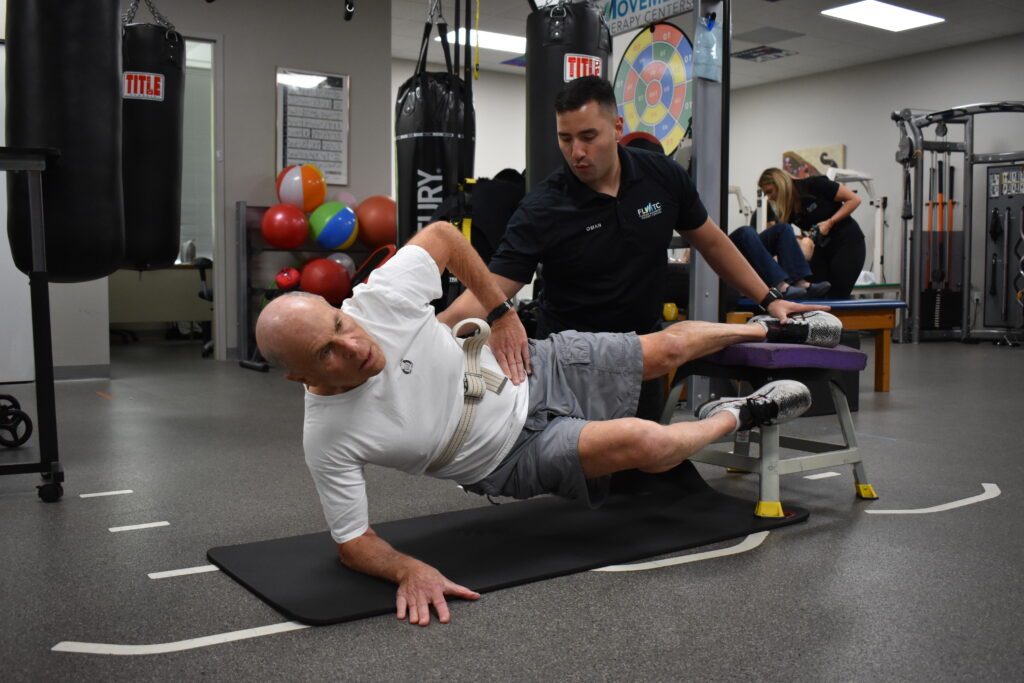
Movement disorders can be life-altering, affecting everything from our ability to walk and speak to our overall quality of life. Conditions like Parkinson’s disease, essential tremor, and dystonia often progress over time, making early detection and intervention crucial. Understanding why early intervention matters can empower individuals and their families to seek timely help, improve outcomes, and enhance their quality of life.
What Are Movement Disorders?
Movement disorders are neurological conditions that cause problems with the speed, quality, and ease of movement. They can lead to excessive movements, such as tremors, or a lack of movement, such as in Parkinson’s disease. These disorders can manifest in various ways, including:
- Tremors: Involuntary shaking or rhythmic movement.
- Bradykinesia: Slowness of movement.
- Rigidity: Stiffness or inflexibility of the limbs or body.
- Dystonia: Sustained muscle contractions causing twisting and repetitive movements or abnormal postures.
Why Early Intervention Is Crucial
1. Slowing Disease Progression
Many movement disorders are progressive, meaning they get worse over time. Early intervention can slow this progression, helping individuals maintain their independence and quality of life for longer.
2. Improving Symptoms
Early treatment can significantly improve symptoms. For instance, medications for Parkinson’s disease can enhance mobility and reduce tremors, while physical therapy can help manage dystonia.
3. Preventing Complications
Movement disorders can lead to complications like falls, injuries, and joint problems. By addressing these issues early, individuals can reduce the risk of serious injuries and other health problems.
4. Enhancing Mental Health
Living with a movement disorder can be challenging and stressful. Early intervention can provide coping strategies, support, and treatments that help manage anxiety and depression, improving overall mental well-being.
5. Better Long-Term Outcomes
Research shows that individuals who receive early treatment for movement disorders tend to have better long-term outcomes. This includes improved physical function, fewer symptoms, and a higher quality of life.
Steps for Early Intervention
1. Recognize the Signs
Be aware of the early symptoms of movement disorders, such as subtle tremors, changes in handwriting, or difficulty with everyday tasks. Early signs can be easily overlooked, so paying attention to these changes is essential.
2. Seek Medical Advice
If you notice any signs of a movement disorder, consult a healthcare professional. Early diagnosis is key to effective treatment. Neurologists specialize in these conditions and can provide a comprehensive evaluation.
3. Follow a Treatment Plan
Once diagnosed, follow the treatment plan recommended by your healthcare provider. This may include medications, physical therapy, occupational therapy, and lifestyle changes.
4. Stay Informed and Supportive
Educate yourself and your family about the condition. Support groups and counseling can also provide emotional support and practical advice for managing the disorder.
Early intervention in movement disorders can make a significant difference in the lives of those affected. Recognizing the signs, seeking timely medical advice, and following a comprehensive treatment plan are essential steps to manage symptoms effectively, reduce complications, and improve quality of life. At Florida Movement Therapy Centers, recognized as South Florida’s leading provider of physical, occupational, speech, and cognitive therapies, we specialize in movement disorders and neurological dysfunctions. Our therapy plans are designed to help each individual achieve their personal goals and enjoy an active and independent lifestyle. If you or a loved one are experiencing symptoms of a movement disorder, don’t wait—take action today and visit Florida Movement Therapy Centers for expert care and support.







